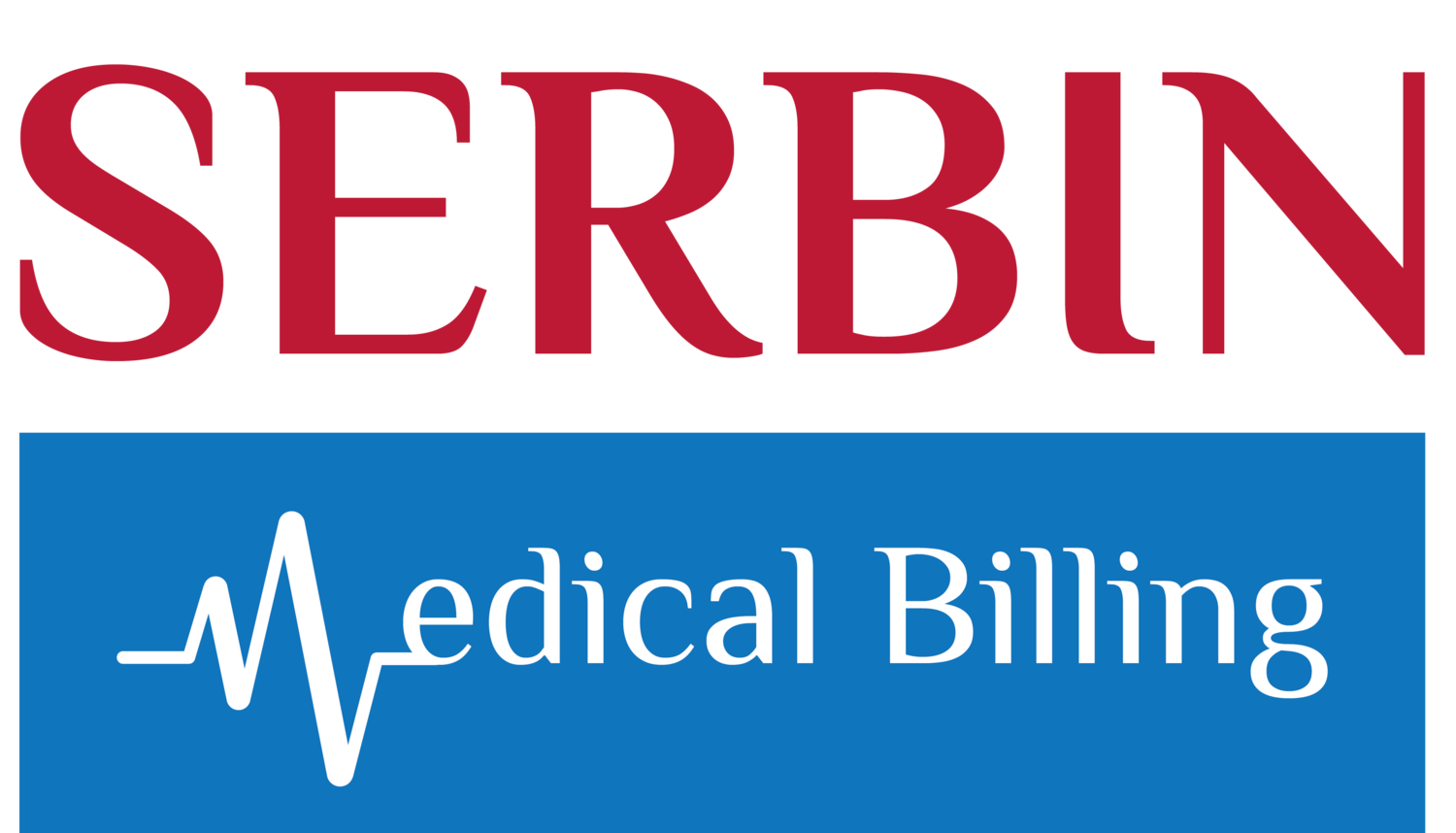Third-Party Payor Collections Not Completed in a Timely Manner
ASC Revenue Leak Tip
Accounts receivable (A/R) is an asset for ASCs, meaning it’s money that is owed to centers that they anticipate collecting. When A/R is not managed properly, it changes from an asset to bad debt. In collections, time is your enemy: The longer money remains in A/R, the less likely you are to successfully collect it. Experienced personnel are the key for good collections.
When measuring A/R, the goal is usually to pinpoint how long it takes third-party payors to reimburse the center. This information assists collectors in detecting non-payment trends and which payers are not abiding by prompt-payment rules. Some payor types affect the age and size of A/R adversely (e.g., workers’ compensation, automobile accident, personal injury litigation). High patient balances can also negatively affect A/R. Note: The following information discusses only the effects that commercial (managed care) and government insurers have on a center’s A/R.
To keep a finger on the pulse of your A/R, run an aging A/R report at least monthly to determine that the total dollar amount is not increasing in your older A/R (over 60 days) and hopefully the days in A/R are decreasing. If either of these two key metrics are not where you would like to see them, these tips may help improve your collections.
Collectors
Contact the payer 15-21 days after submission of an electronic claim to determine status of payment.
Get date of expected payment/resolution from the payor and record it in your software notes.
Add a follow-up date to check the account to ensure that the carrier followed through on its promise.
If the payor fails to meet the time commitment and/or processes the claim incorrectly, identify whether an appeal is indicated. If so, immediately initiate the appeal, providing appropriate supporting documentation.
Management
Run an aging A/R report filtered to include commercial and government insurers.
Analyze this data to determine the average amount of days it takes to resolve these accounts. According to national benchmarks for ASCs, this should be approximately 30 days.
Sort this analysis by payor and then have collectors concentrate on oldest accounts with highest balances first, continuing down the list until all payors with open accounts are contacted.
Set achievable goals for collectors. Audit the following key factors:
Contacted an average of 30 accounts per day
100% of assigned accounts worked monthly
Averaged 10% reduction in accounts over 90 days old
Quality of notes on accounts (progress notes, notification notes)
Measure percentage of claims still unpaid after 90 days. The recommend figure is less than 15% (the national benchmark is 12%).
Review your denial log to identify the reasons for any denials. Certain types of denials affect reimbursement turnaround time. Those that can be addressed and corrected before reaching the collectors are:
registration errors;
coding errors;
claim submission errors; and
payment posting errors.
Audit and address these types of denials with appropriate staff, stressing the need for accuracy. Advise staff how their roles affect reimbursement.
Since a high percentage of managed care claims are not paid in a timely manner or are paid incorrectly, collections are a critical albeit sometimes daunting task. Don’t expect payments to arrive by themselves. It will require constant effort to receive the money you are owed.
Access other tips in this series on ASC revenue leaks.
Never miss a new tip by following Serbin Medical Billing’s LinkedIn page!

